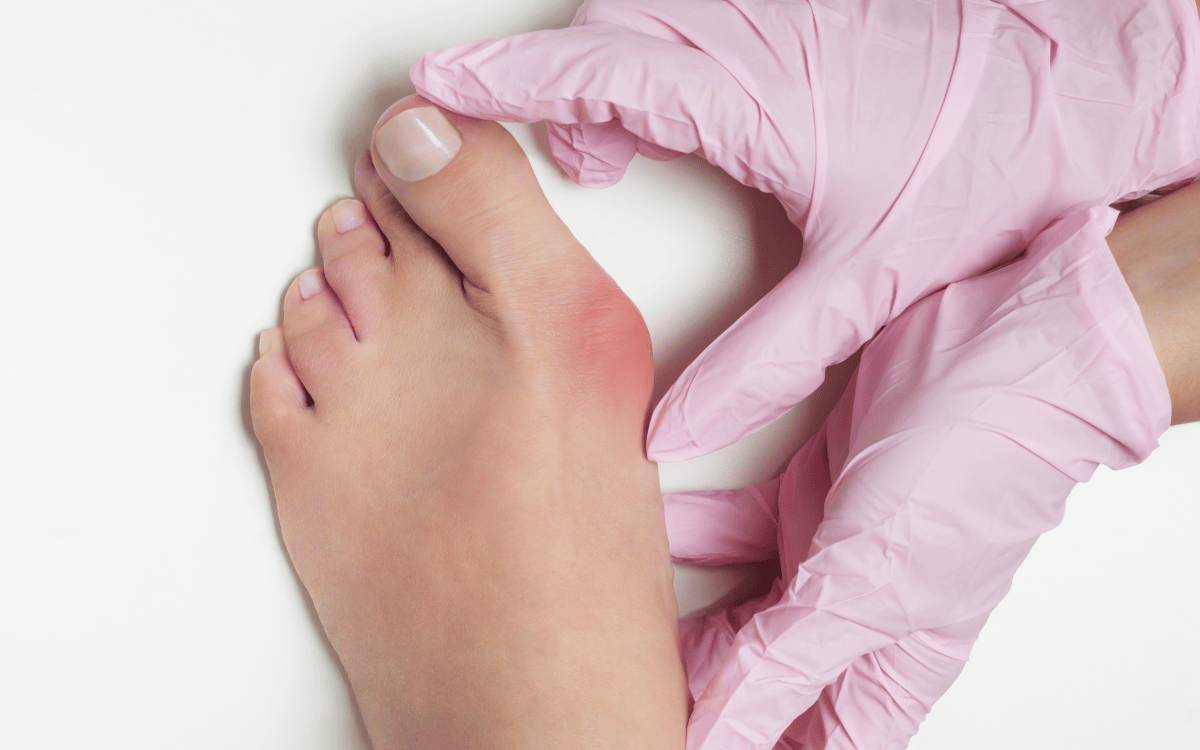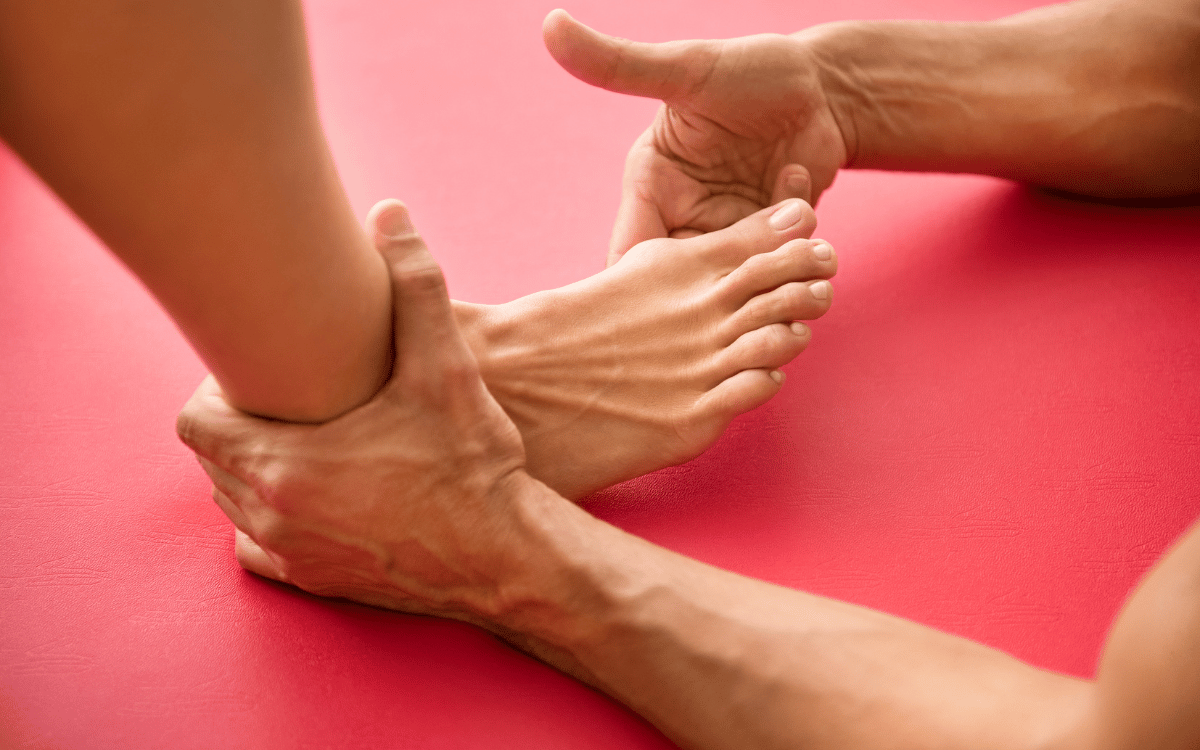Comprehensive Guide to Bunion Treatment Options
This guide provides an in-depth overview of various treatment options available for bunions, emphasizing the importance of understanding both surgical and non-surgical methods. It aims to empower patients with knowledge, enabling them to make informed decisions about their foot health.
By exploring different modalities such as custom orthotics, physical therapy, and lifestyle modifications, patients can find effective solutions tailored to their needs. This comprehensive approach ensures that individuals are well-equipped to manage their bunions while maintaining an active lifestyle.
Understanding the Causes of Bunions
To effectively treat bunions, it is crucial to understand the underlying causes. Bunions often develop due to genetic factors, improper footwear, or biomechanical issues affecting foot alignment. Recognizing these causes can help in selecting the most appropriate treatment strategy.
For instance, individuals with a family history of bunions may need to adopt preventive measures early on, such as wearing supportive shoes or using orthotic devices. By addressing the root causes, patients can significantly reduce the progression of bunions and alleviate associated pain.
Benefits of Non-Surgical Treatments for Bunions
Non-surgical treatments for bunions offer several advantages, including reduced recovery time and lower risks compared to surgical options. These treatments focus on alleviating pain and improving foot function without invasive procedures, making them appealing to many patients.
Examples of non-surgical treatments include physical therapy, which can strengthen foot muscles, and the use of splints or braces to correct alignment. Additionally, lifestyle modifications, such as choosing appropriate footwear, can further enhance comfort and prevent bunion progression.
Success Stories: Patients Who Avoided Bunion Surgery
Many patients have successfully managed their bunion symptoms without resorting to surgery, showcasing the effectiveness of non-surgical interventions. These success stories serve as inspiration for others facing similar challenges, demonstrating that surgery is not always the only solution.
For example, a patient who implemented a tailored exercise regimen and switched to supportive footwear reported significant pain relief and improved mobility. Such testimonials highlight the potential for individuals to regain control over their foot health through proactive management strategies.



